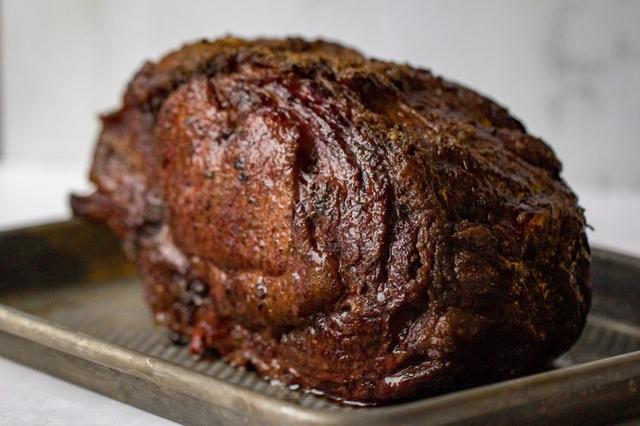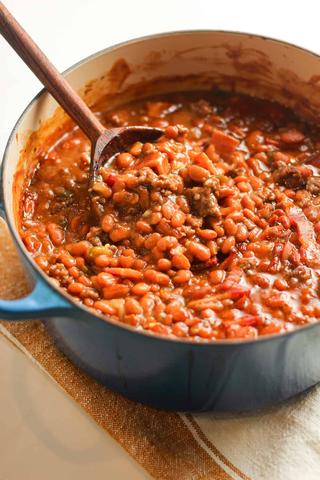
The fascinating world of craft beverages has seen a remarkable interest in mead lately. This ancient honey wine has been making an impressive comeback, and for good reason. While many are curious about this historical beverage, one question stands out: “What does mead taste like?” This comprehensive guide explores the enchanting world of mead, helping enthusiasts understand its unique flavor profile and discover why this ancient beverage deserves attention in modern times.
Exploring the Flavors of Honey Mead

The Essence of Honey Mead: A Journey Through Flavors
What does honey mead taste like? This is the most common question I get from curious wine enthusiasts and beverage newcomers alike. The answer isn’t as straightforward as you might think, because mead is a chameleon of flavors, capable of expressing itself in countless ways.
At its heart, traditional mead offers a delicate dance between sweetness and complexity. Imagine the pure, natural sweetness of honey transformed through fermentation into something more sophisticated. This beverage can range from dessert wine sweet to bone dry, from delicately floral to richly complex.
The base flavor profile typically includes:
- A distinctive honey character that varies based on the flowers the bees visited
- A wine-like structure that provides backbone and complexity
- A rich mouthfeel that can range from light and effervescent to velvety smooth
- Subtle floral or herbal notes from the honey source
- A balanced acidity that prevents it from being cloying
What Does Mead Taste Like?

A Journey Through the Flavors of Mead
Good mead is all about balance and complexity. When crafted properly, it should offer:
Harmony of Flavors
A well-made mead presents a perfect equilibrium between its honey character and fermentation qualities. The honey shouldn’t overwhelm but rather complement the other flavor components. You should be able to detect the honey’s nuances without feeling like you’re drinking liquid honey.
Clean Profile
Quality mead has no off-flavors or harsh alcohol heat. The aroma should be inviting, with clear honey notes accompanied by whatever additional elements the mead maker has incorporated—be it fruits, spices, or herbs.
Appropriate Body
The mouthfeel should match the style. A traditional mead might be full-bodied and smooth, while a hydromel (lighter mead) should be crisp and refreshing. There shouldn’t be any unpleasant syrupiness or watery texture.
Understanding Mead Varieties and Their Unique Flavors
Traditional Mead
Pure honey mead offers the clearest expression of the honey’s character. The taste can vary dramatically based on the honey source.
- Orange blossom honey creates mead with subtle citrus notes
- Buckwheat honey produces a robust, earthy mead
- Tupelo honey yields a delicate, floral profile
- Wildflower honey creates complex, varied flavors that change with each batch
Melomel (Fruit Mead)
Adding fruits to mead creates endless possibilities:
- Berry melomels offer bright, tart flavors
- Stonefruit varieties bring smooth, sweet notes
- Citrus additions create refreshing, zesty profiles
- Tropical fruits add exotic, complex layers
Metheglin (Spiced Mead)
Spices add warmth and complexity:
- Cinnamon and clove create familiar, comforting notes
- Ginger adds a spicy kick
- Vanilla smooths out the edges
- Herbs can add earthiness or freshness
Aging’s Impact on Mead Flavor
Like wine, mead can develop interesting characteristics with age, including some controlled oxidation. When properly aged, mead can develop:
- Deeper, more complex honey notes
- Sherry-like qualities
- Nutty undertones
- Richer mouthfeel
However, excessive oxidation can lead to less desirable characteristics:
- Cardboard-like flavors
- Loss of fresh honey character
- Flat or dull taste
- Decreased fruitiness in melomels
Factors That Influence Mead’s Taste

Factors That Influence Mead’s Taste
The Honey Source
The type of honey used is perhaps the single most important factor in determining mead’s final taste. Different honey varieties bring their unique characteristics:
- Light, delicate honeys create subtle, nuanced meads
- Dark, robust honeys produce fuller-bodied, more intense meads
- Single-source honeys offer consistent, specific flavor profiles
- Wildflower and poly floral honey create more complex, layered tastes
Fermentation Process
The fermentation approach significantly impacts the final product.
- Yeast selection affects both sweetness and alcohol content
- Temperature control influences flavor development
- Nutrient management affects fermentation quality
- Duration can impact complexity and character
Water Quality
Often overlooked but crucial:
- Mineral content affects taste and fermentation
- Pure water sources produce cleaner flavors
- Water treatment can impact the final product
How to Taste Mead Like a Professional
To fully appreciate Mead’s complexity, follow these steps:
Visual Examination
- Observe the color (ranging from pale gold to deep amber)
- Check clarity and brightness
- Notice any bubbles or legs on the glass
Aroma Assessment
- First, take a gentle sniff to capture volatile aromas
- Then, swirl and smell again for deeper notes
- Identify primary honey aromas and secondary characteristics
Taste Evaluation
- Take a small sip and let it coat your palate
- Notice the progression of flavors
- Pay attention to:
- Initial impression
- Mid-palate development
- Finish and taste
- Mouthfeel and body
Serving and Pairing Mead
Mead Pairing Perfection
Temperature Considerations
Serve mead at the right temperature to maximize its flavor:
- Sweet meads: 10-13°C (50-55°F)
- Dry meads: 12-16°C (54-61°F)
- Spiced meads: 14-18°C (57-64°F)
Food Pairing Suggestions
Mead’s versatility makes it an excellent companion to various foods.
- Traditional mead pairs well with cheese and charcuterie
- Fruit meads complement desserts and fresh fruits
- Spiced meads work beautifully with rich, savory dishes
- Dry meads can accompany lighter fare and seafood
Read more: What does lamb taste like? Discover 101 Complex Flavors
Conclusion
As we see a revival of interest in this ancient beverage, it’s clear that mead’s appeal lies in its incredible versatility and unique flavor profile. Whether you’re a wine enthusiast looking to expand your horizons or simply curious about this historical drink, mead offers something for every palate.
The key to enjoying mead is approaching it with an open mind and understanding that, like wine, it comes in many styles and variations. From sweet to dry, still, to sparkling, simple to complex, there’s a mead out there for everyone.
As you begin your journey into the world of mead, start with traditional varieties to understand the pure expression of honey wine, then explore the various styles and flavors available. Pay attention to the honey sources and additional ingredients, and don’t be afraid to try different varieties to find your perfect match.
Learn More About Grilling
If you want to learn more about grilling, check out these other helpful resources!











